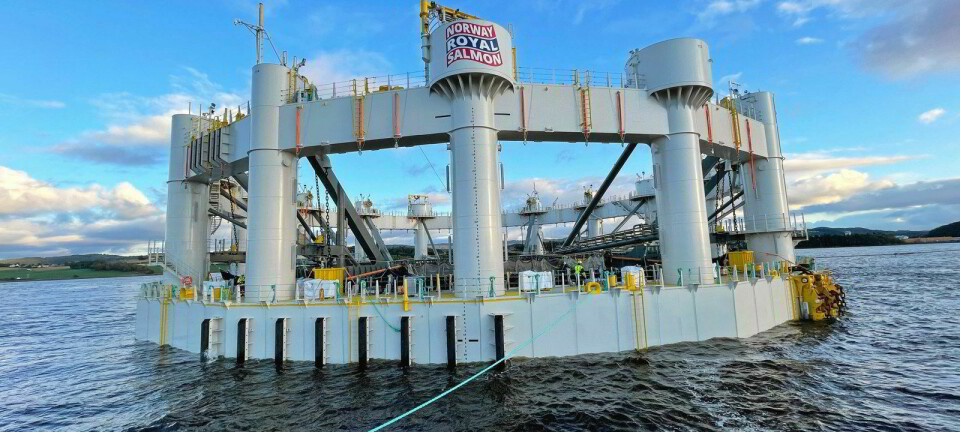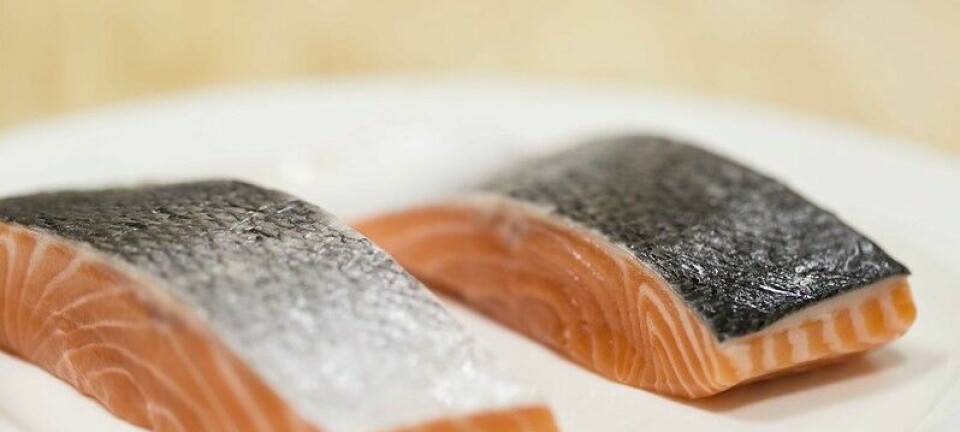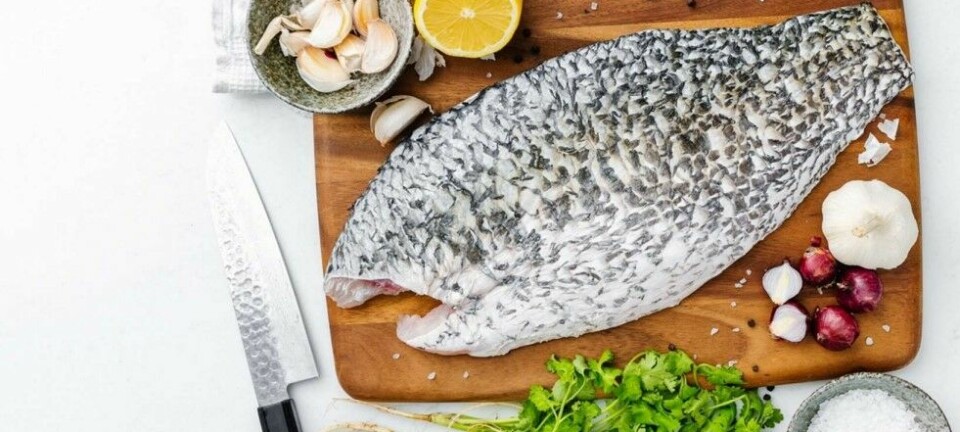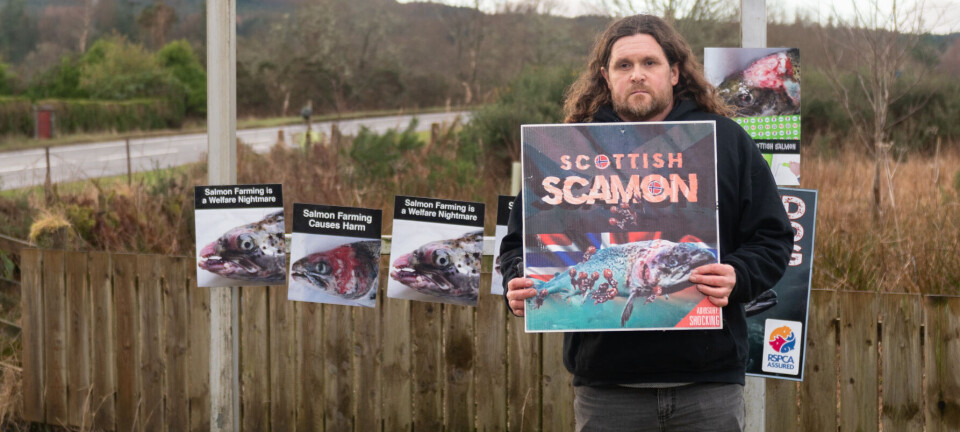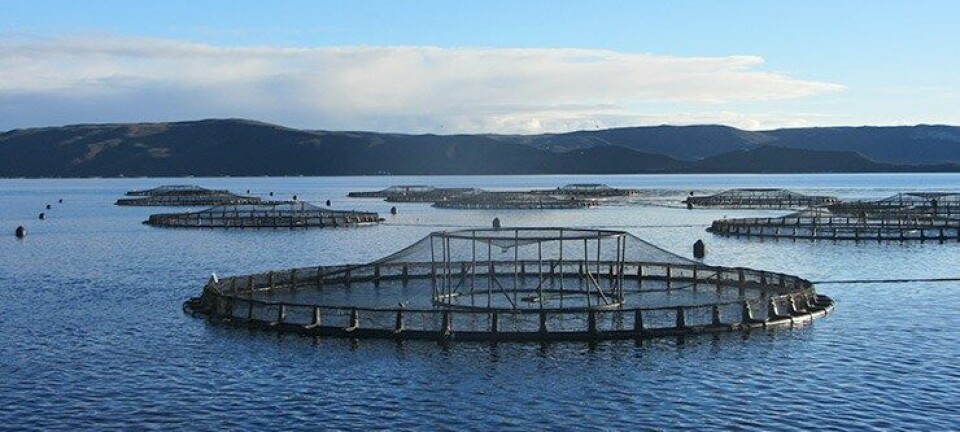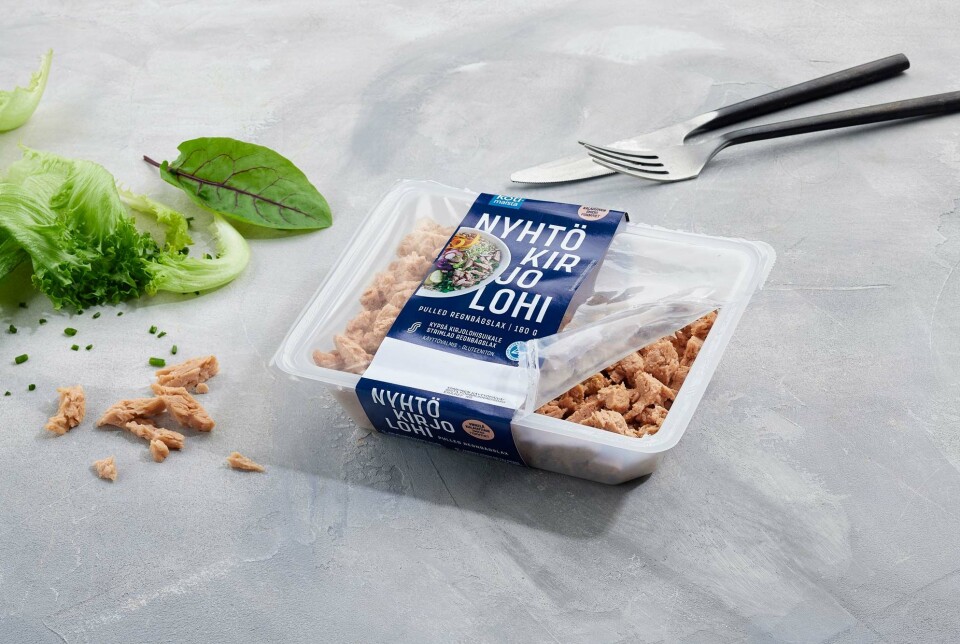
Finnish fish processor commits to integrating 'upcycling' technology
Kalavapriikki seeks to build on success of 'pulled rainbow trout' made from sidestreams
Hailia, a company enabling fish processors to use sidestreams such as heads, fins, and frames for the production of human food, has expanded its partnership with Finnish fish producer Kalavapriikki.
As part of a paid licensing deal, Kalavapriikki will implement Hailia’s technology on-site at its production facility in Kuopio in central Finland - the first time this technology will be implemented outside Hailia’s own factory.
Kalavapriikki produces food products from locally sourced rainbow trout and aims to gain market share from imported Atlantic salmon products by doubling its production volume to 4,000 tonnes in 2025. It has supplied Hailia with rainbow trout sidestreams which have been made into a product marketed as “pulled rainbow trout”. The companies launched the product, Nyhtökirjolohi, with store chain S Group in August, selling 36,000 packets in the first month.
Sustainable solutions
Having recently opened a new automated filleting line in Kuopio, Kalavapriikki is seeking to build on the success of the pulled rainbow trout product to increase its use of sidestreams like frames and fins from fillet production for human food.
“Our goal has always been to create sustainable food solutions from Finnish fish, and Hailia’s technology allows us to push the boundaries even further. By turning sidestreams into convenient food products for everyday use, we’re maximising the value of our resources and setting a new standard for responsible seafood production together,” said Kalavapriikki chief executive Jari Korhonen.
Hailia said that today, sidestreams from fish processing are mainly used for products like animal feed, fish oils, and other health supplements. After filleting, half of the fish weight, including the frame and fins, is lost outside food production. These parts of the fish are still high in meat content and nutrients such as healthy fats, vitamins, and minerals, offering untapped potential for human nutrition. When Hailia’s technology is integrated into Kalavapriikki’s production by early 2026, these sidestreams will be used for human food products at a larger scale.
Leading the way
“Kalavapriikki is leading the way in sustainable fish processing, and after a year of working together, we truly appreciate and see their role as a pioneer in the industry,” said Hailia chief executive Michaela Lindström.
“Just three months after we launched our first product together, they are taking the leap and implementing our technology in their production facility. That says everything about how forward-thinking they are as a company. They not only ‘talk the talk’, but also ‘walk the walk’, when stating that sustainability and carbon neutrality drive their work.”
Hailia’s calculations using the cradle-to-gate scope tool provided by Biocode have determined the carbon footprint of farmed rainbow trout products made from side streams to be potentially as low as 0.6 kilograms of CO2 per kilogram of food, said to be smaller than the carbon footprint of any primary animal protein and lower than that of plant-based proteins like peas.
“We knew that the carbon footprint of seafood products made from sidestreams would be very small, but we were positively surprised that these products produce as small a footprint as many plant-based proteins. This study clearly shows that to meet global food demand and cut carbon emissions, sidestreams not used for human food need to end up on our dinner plates instead,” Lindström said.
Lower-carbon ingredient
Besides offering consumers new food choices, Hailia says the ingredients produced from sidestreams also provide a solution for food manufacturers looking to lower the overall carbon intensity of their ready-meal portfolios, for example.
“The small carbon footprint is important, but it counts for nothing if you can’t get these products to consumers. That’s why this new licensing agreement with Kalavapriikki is so important. People do not change their eating habits because of fascinating technology or superior sustainability; they need tasty products that are easy to use in their daily lives,” concluded Lindström.
Salmon
Hailia has also been working with fish products manufacturer Hätälä to upcycle salmon sidestreams. In September, Lindström told Fish Farming Expert that between 65% and 80% of a salmon is used for human consumption at the moment, depending on processing, and that Hailia’s technology would increase that to 90%.
She explained that the company’s upcycled fish has a similar mouth feel to fillet but is not designed as the centrepiece of a plate. It is intended for industrial, food service and domestic use as an ingredient in meals such as salads, in fillings, for example in breads or sushi fillings, or to add flavour to a pasta sauce or a fish soup.
Hailia sees itself as a technology provider, rather than a food producer, as it makes more sense to incorporate upcycling equipment in a factory where fish is already being processed. The upcycled food it produces now is to demonstrate the concept's viability.
























